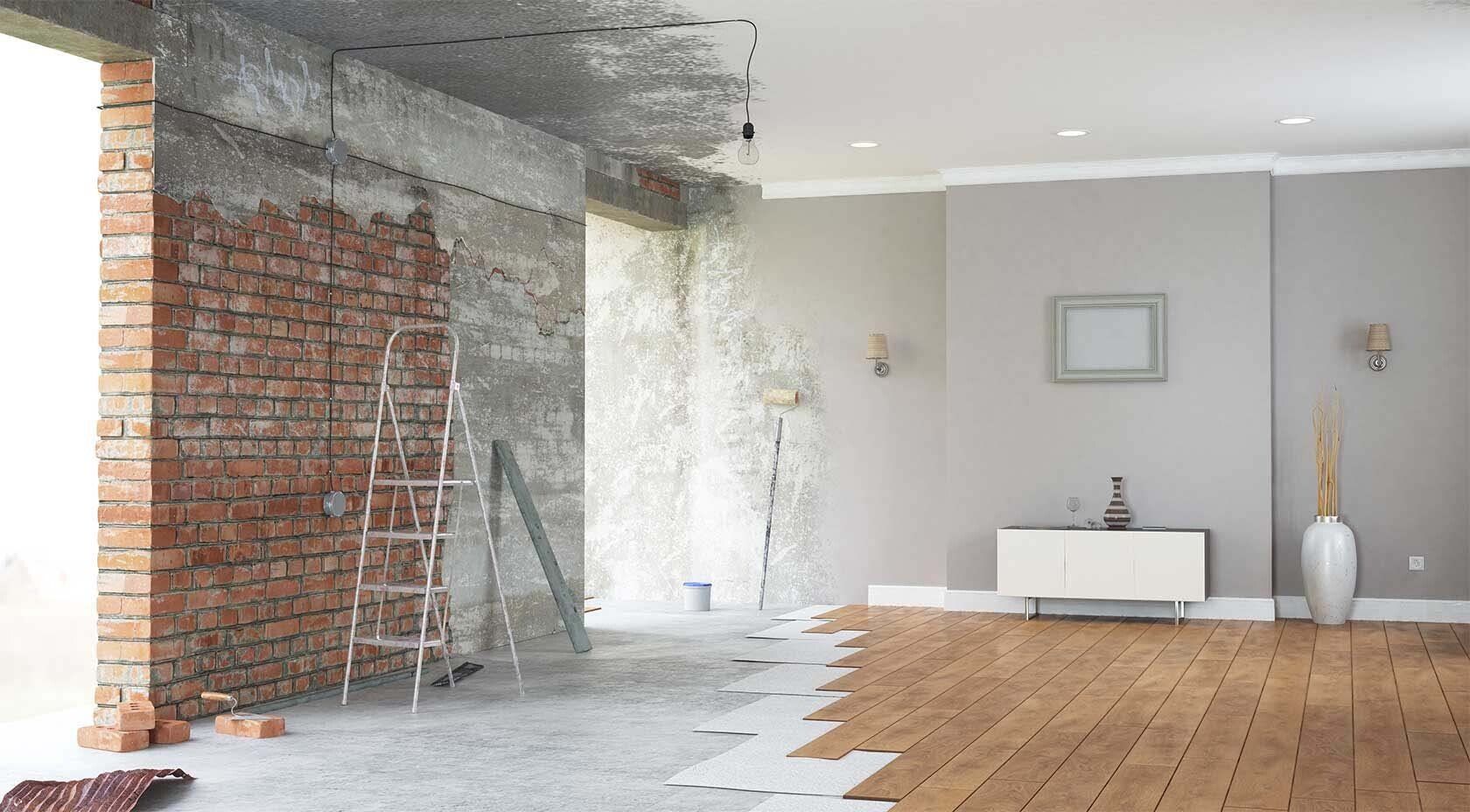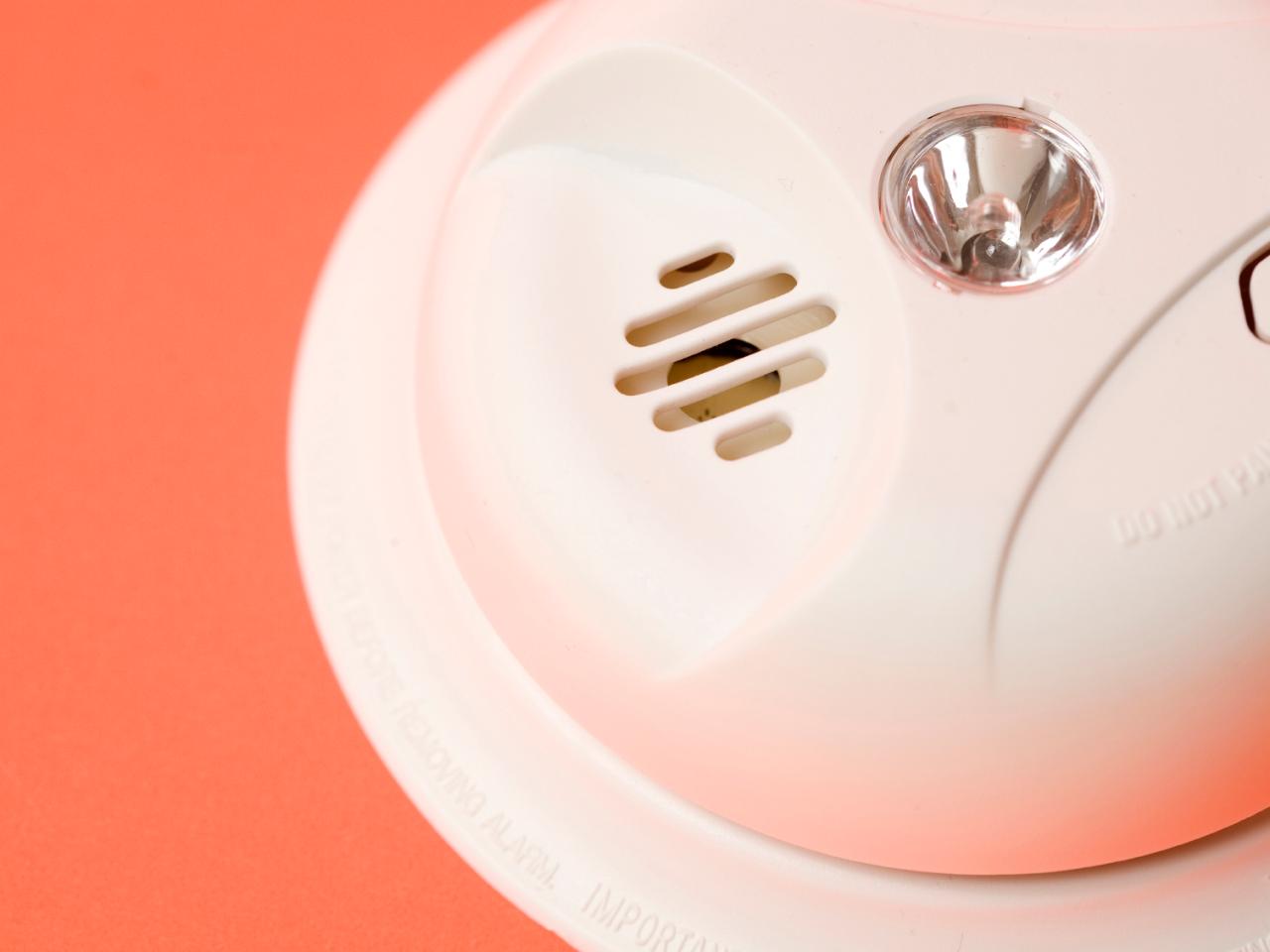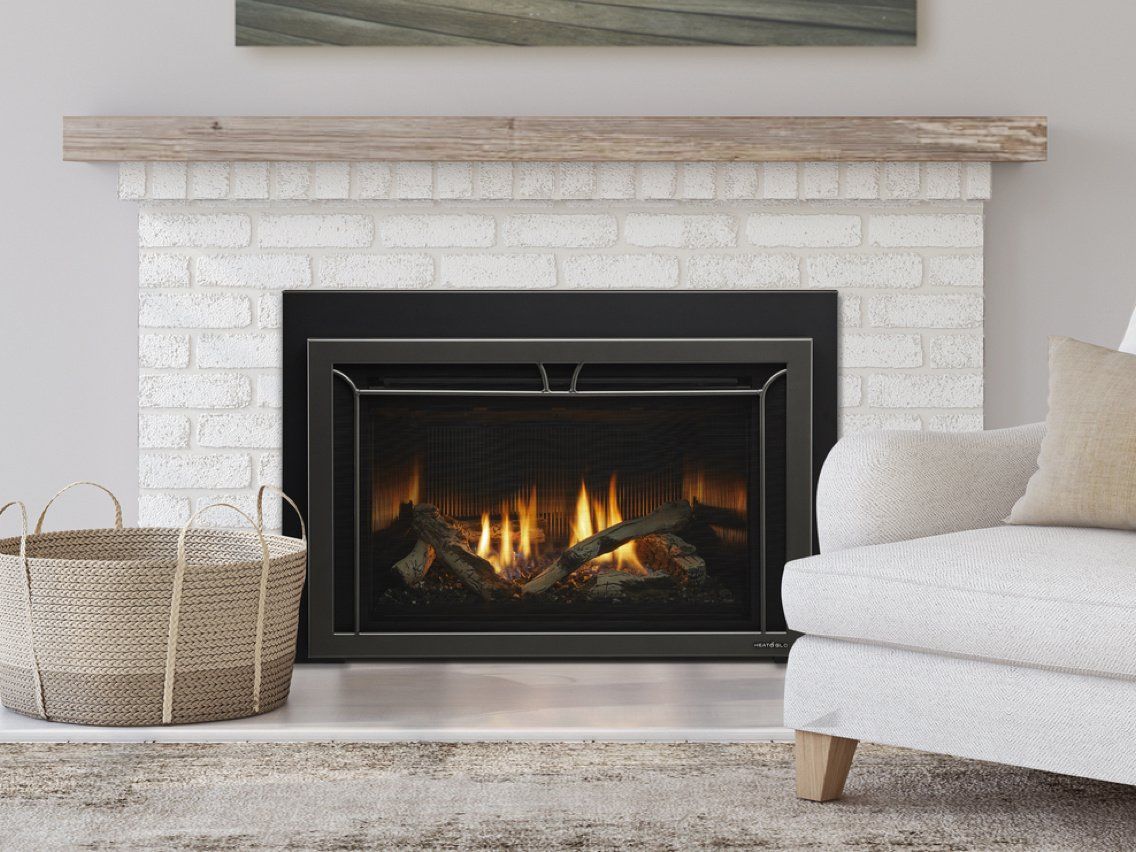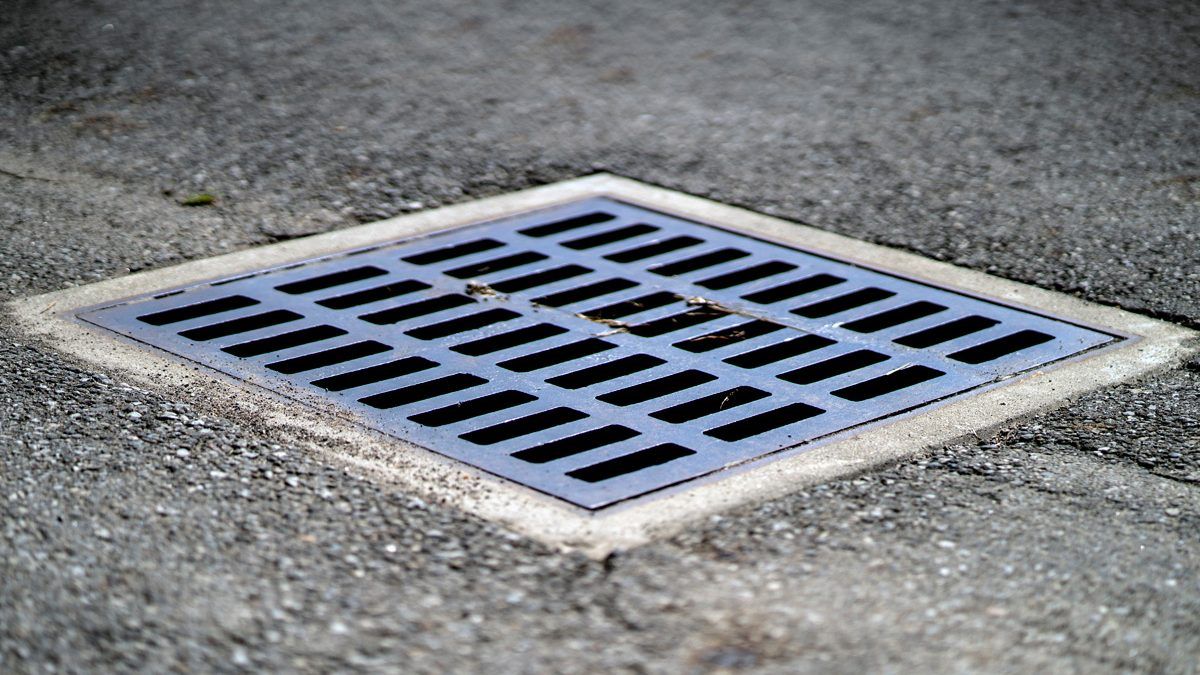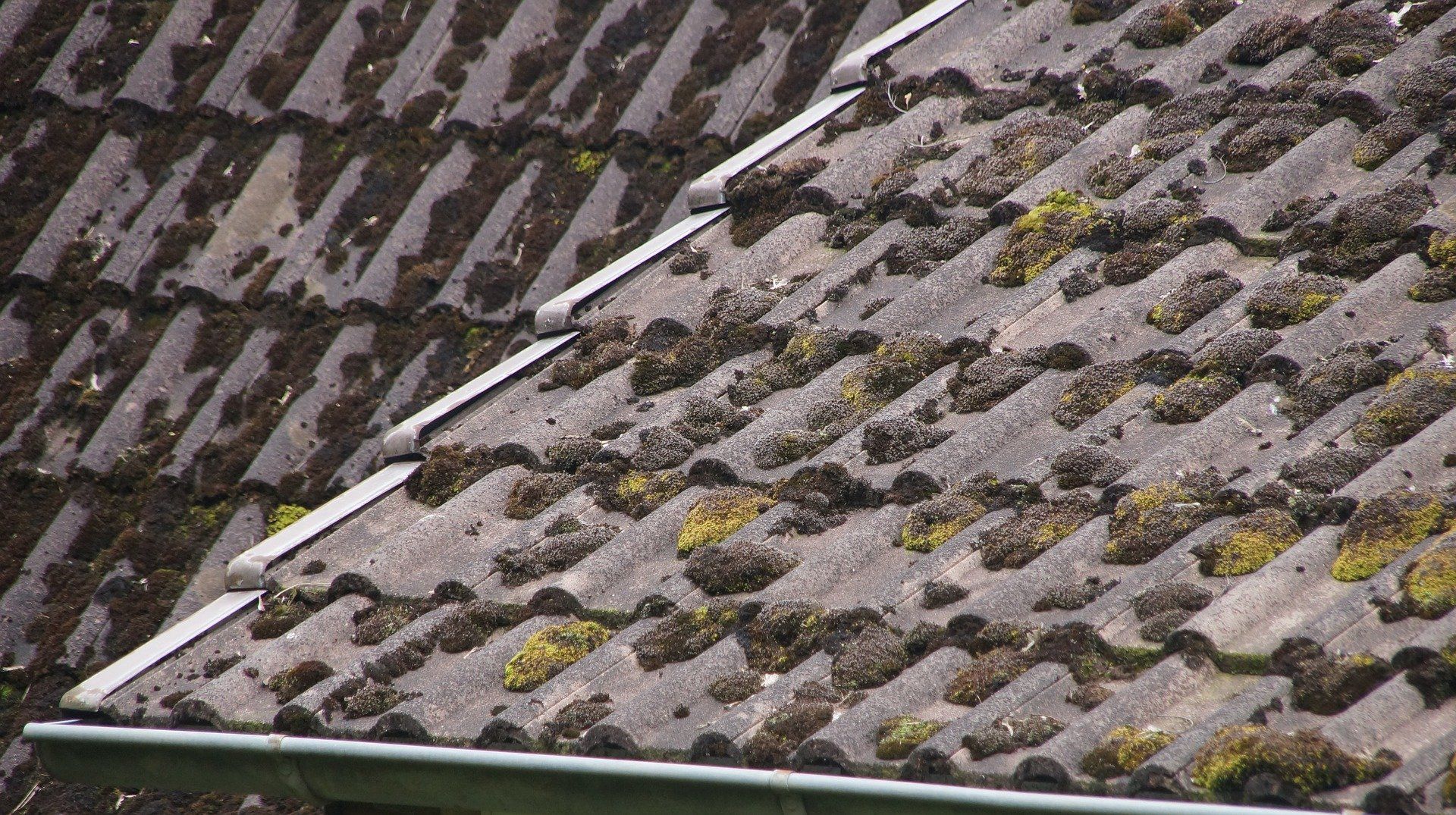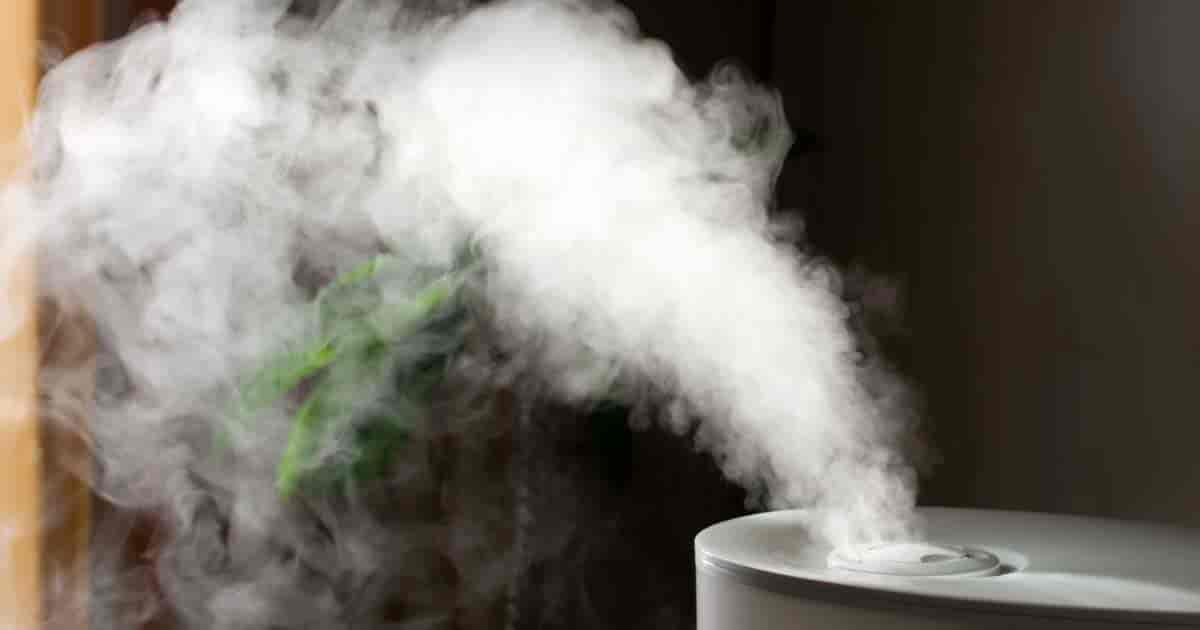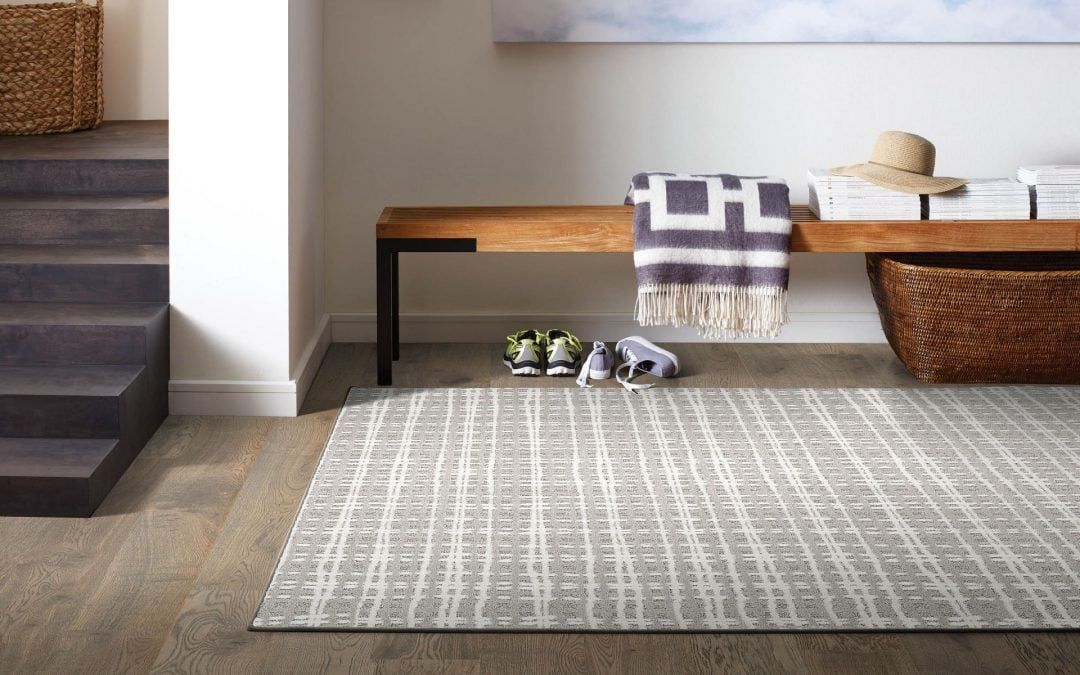The risks of Orange Mold
The risks of Orange Mold in Lake Havasu

Throughout our world, there are many different types and ways of describing molds. In a typical room, there are 500-700 mold spores on average, and they are microscopic and all over. Living in an environment with mold spores or colonies can have adverse effects on one's health. Mold is relatively common, though some species, such as orange colonies, are less well-known.
What is Orange Mold?
Colorful mold colonies like orange mold can grow in many places. Additionally, mold looks different depending on where it grows. Just as black mold describes a wide variety of mold species, orange mold does not actually belong to one particular species. It is used to refer to various strains of mold that are typically orange in color.
The orange mold name is misleading because some of them aren't always orange. Fuligo septica, for example, is classified as an orange mold, but it is typically yellow. This is also true of Acremonium, another mold that can turn pink or grayish in color.
Areas Where Orange Mold Grows
A variety of places can support orange mold growth. You are more likely to find this type of mold in your kitchen, specifically in your refrigerator. Milk and bread are the most common items to contain orange mold. Oftentimes, it can start growing outside of your refrigerator and spread to the food on your shelves or in containers.
In a refrigerator that serves water, mold can also contaminate the water supply. Ensure your water supply is not contaminated by routinely checking your fridge's water filter. If you discover this type of mold on food, it is best to throw it out immediately, as it can spread gradually throughout your refrigerator or house.
Your attic is another place where you might find this type of mold. Orange mold typically feeds on wood as its primary food source. The warm temperature and ample supply of wood in an attic make it a perfect environment for orange mold to grow.
Removing Orange Mold
Mold can be eliminated in a variety of ways, depending on where it is found. You can use a concoction of bleach, peroxide, or vinegar solutions if the outbreak is small.
Do not use bleach to kill orange mold on wood. Wood cannot be cleaned with bleach, since most of the water will absorb into the wood. This gives the mold colony more opportunity to feed and spread throughout the room.
When To Get Help
Orange mold colonies can be troublesome. Mold can cause certain ailments and illnesses, especially if it is inhaled in high quantities and for prolonged periods of time, as we stated above. This mold grows everywhere, it loves to feed off of wood, and it can embed itself into virtually any surface.
You should seek professional assistance if you notice a mold colony that extends over several feet. You may, however, be able to fix it yourself if it is a smaller issue.
Restoration 1 of Lake Havasu can assist you in removing orange mold and preventing further outbreaks.

